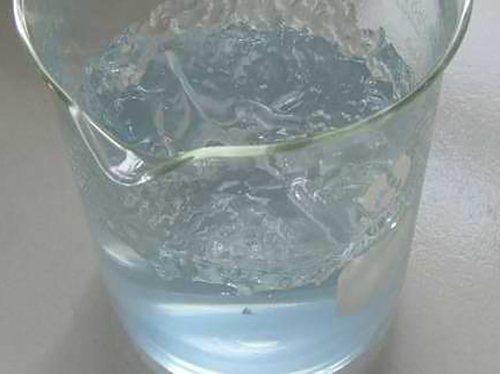Properties and Applications of Polyaluminum Chloride Solution in Water Treatment Processes
Understanding Polyaluminum Chloride Solution Properties and Applications
Polyaluminum chloride (PAC) is a widely utilized coagulant in various industrial and municipal water treatment processes. Its chemical formulation can vary, often expressed as Aln(OH)mCl3n-m, indicating that the compounds consist of aluminum ions and hydroxyl groups, forming a complex solution. This multipurpose coagulant serves as an effective solution for water purification, significantly enhancing the quality of drinking water, wastewater treatment, and various industrial applications.
Understanding Polyaluminum Chloride Solution Properties and Applications
In terms of application, PAC is notably used in municipal water treatment plants to purify drinking water. Its ability to remove turbidity, color, and organic matter makes it indispensable in achieving regulatory standards for safe drinking water. In wastewater treatment, PAC aids in the removal of suspended solids and phosphorous, thereby reducing the environmental impact before the effluent is discharged back into natural water bodies. This versatile chemical is also utilized in industries such as paper manufacturing, textiles, and oil refining, where it plays a crucial role in clarifying solutions and enhancing product quality.
polyaluminum chloride solution

Furthermore, the use of PAC has been linked to the reduction of chemical sludge production. Many water treatment plants are challenged by the disposal of sludge, which can have significant environmental implications. PAC's efficiency means that less sludge is generated compared to other coagulants, thereby simplifying waste management and reducing overall disposal costs.
While PAC is generally considered safe for use in water treatment, it is essential to monitor its dosage carefully to minimize potential risks associated with aluminum exposure. Regulatory bodies specify limits for aluminum in drinking water, and treatment facilities employ rigorous testing to ensure compliance and safeguard public health.
In conclusion, polyaluminum chloride solution stands out as a vital agent in water treatment processes. Its efficiency, cost-effectiveness, and lower environmental impact compared to traditional coagulants demonstrate its significance across various sectors. As global water challenges continue to grow, the role of PAC in ensuring safe and clean water will become increasingly crucial, paving the way for innovative research and development in water treatment technologies. The continuous refinement of PAC formulations and their applications promises a sustainable future in water quality management.
-
lk-319-special-scale-and-corrosion-inhibitor-for-steel-plants-advanced-solutions-for-industrial-water-systemsNewsAug.22,2025
-
flocculant-water-treatment-essential-chemical-solutions-for-purification-processesNewsAug.22,2025
-
isothiazolinones-versatile-microbial-control-agents-for-industrial-and-consumer-applicationsNewsAug.22,2025
-
scale-inhibitor-key-solutions-for-water-system-scale-preventionNewsAug.22,2025
-
organophosphonates-versatile-scale-inhibitors-for-industrial-water-systemsNewsAug.22,2025
-
scale-and-corrosion-inhibitor-essential-chemical-solutions-for-water-system-maintenanceNewsAug.22,2025





